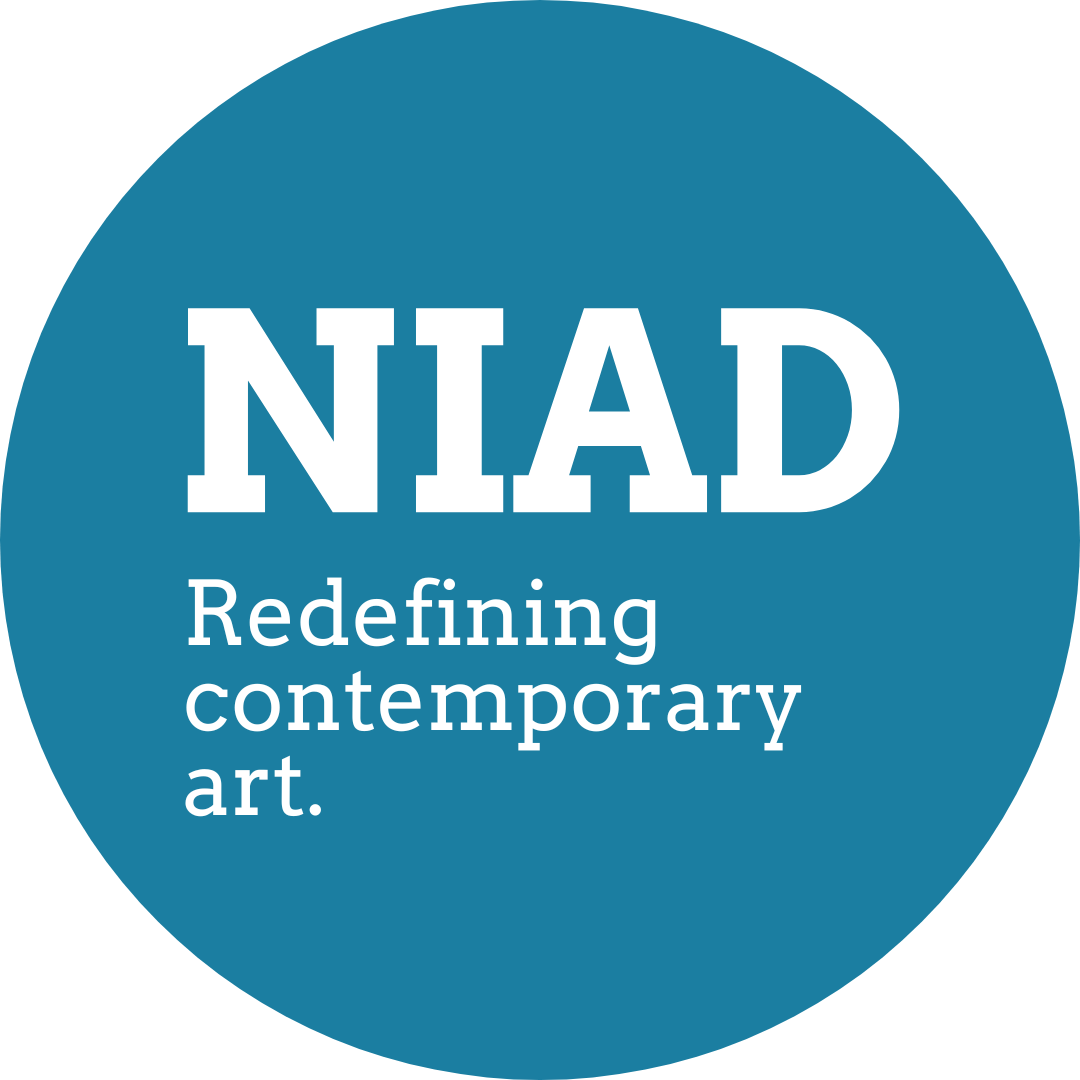Xenia is the Greek notion of a hospitality ritual, one in which wayward guests are made to feel at home by strangers. Hosts bathe their guests (something I wish still happened), feed them, and give them libations before there is a gift exchange, and then the travelers continue on with their journey.
For their part, the guests must be courteous, not impose beyond expected protocol, and they should tell stories of their exotic adventures to their hosts in song, poetry, or prose. Most importantly, the rule is “eat first, then talk.” Homer’s Odyssey is filled with the innumerable pitfalls and crises that occur when these rules aren’t followed according to expectations.
While the order may have changed from Homer’s time to ours, the ideas still stand. Art is an act of hospitality, and the relationship between artists and their audience is one defined by these key exchanges: nourishment, storytelling, reciprocity, and some kind of generous welcome and gracious departure. Art, for many, is homecoming.
Welcoming centers like NIAD provide a home for artists and visitors alike, one enriched by collaboration and exchange. Artists tell their stories through the things they make, and we recognize our own reflected in the artworks we choose to live with.
“All desire,” said the late critic and novelist John Berger in 2016, “is the desire to be in a certain place.” Any crisis, global or local, concerns one’s right to have a home, to be treated with dignity and respect. How we see ourselves in our homes, and how we welcome others, defines our humanity. Doesn’t art, above all else, evoke the above desires most vividly? There’s a reason why the best songs are homesick songs. For xenia’d, a playful pun on both NIAD and Xenia, I chose works that either reminded me of home, whatever that may mean, or proposed some kind of future home in which I desire to live.
Felicia Griffin’s hanging tapestries would pull any room together. The cozy, multicolored pods of different figures, quilted together in Sylvia Fragoso’s Untitled (D1157) call to mind the patchwork nature of communities, while Michael Nuñez’s Mars City proffers a thrilling vision of future homesteads.
Reed Feshbach reminds us of the nature of what we do when home, allowing the tri-syllabic phrase “cloth diaper” to repeat like footsteps in a hallway around the corner, all of these phrases piling up like the structure, or binds, cocooning the words “Egyptian Mummy,” in orange.
Cassara Wong, Richard Naranjo, and Julie McDonald make work that speaks to the idyllic comforts of home, while Heather Hamann’s Fairy Costume Shop suggests that buildings themselves have transcendent potential: evoking the very things that they sell. Hamann’s facial shop strikes a special harmony with James Heartsill’s mosaic of red faces, each one welcoming in their own way.




















